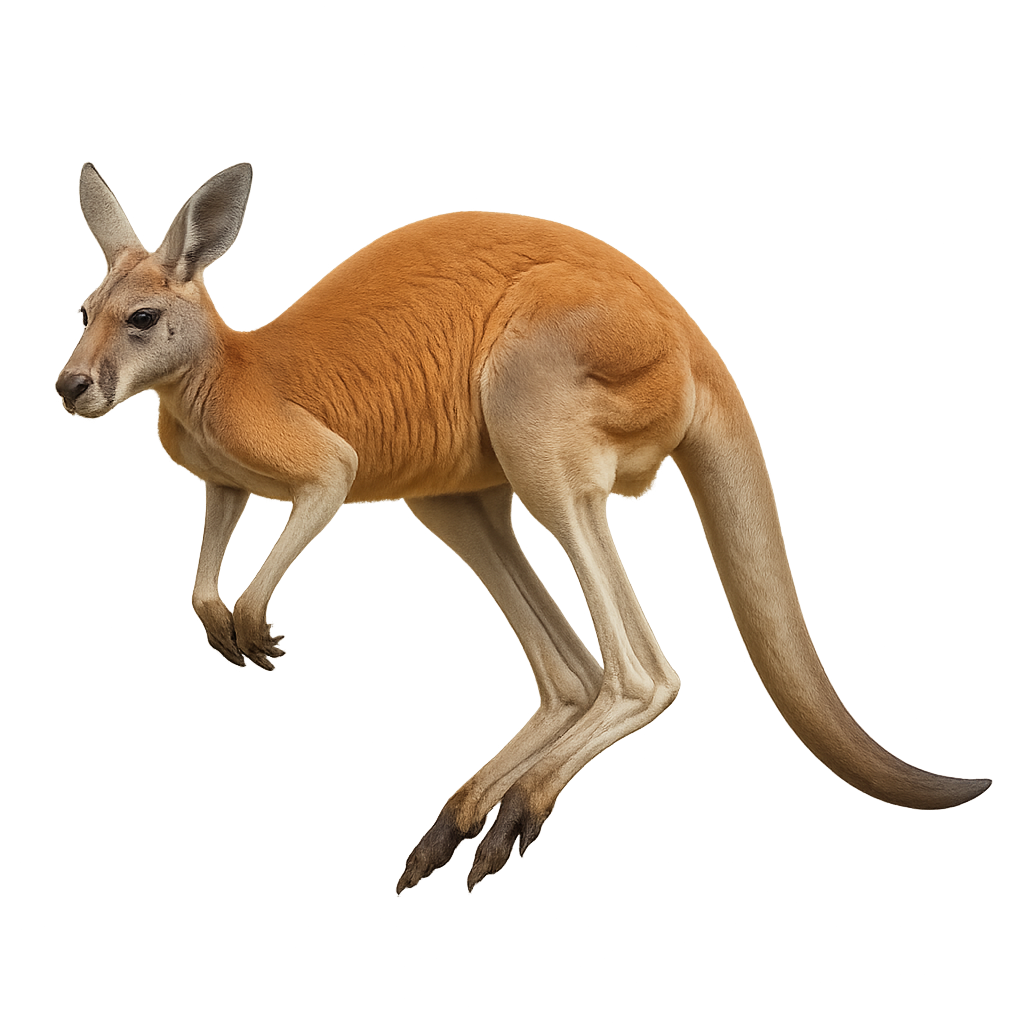Your wildlife photography guide.
Explore the red kangaroo in detail, study its behavior, prepare your shots.
Where to observe and photograph the red kangaroo in the wild
Learn where and when to spot the red kangaroo in the wild, how to identify the species based on distinctive features, and what natural environments it inhabits. The WildlifePhotographer app offers tailored photography tips that reflect the red kangaroo’s behavior, helping you capture better wildlife images. Explore the full species profile for key information including description, habitat, active periods, and approach techniques.
Red kangaroo
Scientific name: Macropus rufus

IUCN Status: Least Concern
Family: MACROPODIDAE
Group: Mammals
Sensitivity to human approach: Suspicious
Minimum approach distance: 15 m
Rut period: January to December
Gestation: 33-38 jours
Births: January to December
Habitat:
Plains, savannas, semi-arid regions
Activity period :
Mainly active at night, generally discreet during the day.
Identification and description:
The Red Kangaroo is one of the most iconic and largest species of kangaroos in Australia. It is easily recognizable by its red-brown fur and large size, with adult males reaching over 2 meters in length, including their tail. The Red Kangaroo lives in the dry and semi-arid regions of the Australian Outback, where it primarily feeds on grasses and plants. This animal is an excellent jumper and uses its powerful hind legs to travel at high speeds, often performing impressive leaps. While it is mainly active at dusk and dawn, it can also adapt to the extreme temperatures of its environment.
Recommended lens:
400 mm – adjust based on distance, desired framing (portrait or habitat), and approach conditions.
Photography tips:
Photograph the Red Kangaroo using a telephoto lens to capture its large jumps or when it is resting in its natural environment. It is best to photograph it early in the morning or late in the afternoon, when the light is softer and the animal is most active. Be patient and discreet, as this large jumper can easily be frightened if you get too close.
The WildlifePhotographer App is coming soon!
Be the first to explore the best nature spots, track rutting seasons, log your observations, and observe more wildlife.
Already 1 439 wildlife lovers subscribed worldwide

